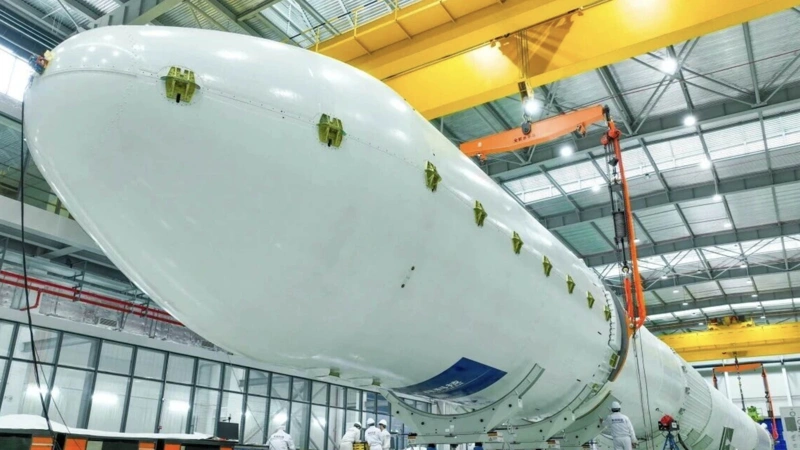Chinese commercial aerospace firm completes 36-satellite separation test
The Chinese large reusable carrier rocket Tianlong-3 completed a 36-satellite separation test at its intelligent manufacturing base in Zhangjiagang City, east China's Jiangsu Province on October 24, announced its developer, the commercial aerospace company Space Pioneer on Monday, CGTN reports.

In a major breakthrough for China's commercial aerospace industry, the key test further validated the liquid-propellant model's capacity to launch multiple satellites simultaneously, critical for the country's satellite internet infrastructure.
Primarily tailored to China's low-orbit constellation missions, the rocket has a diameter of 3.8 meters, a total length of 72 meters and a liftoff mass of about 600 tonnes. It is capable of sending a payload of 17 to 22 tonnes to the low Earth orbit and 10 to 17 tonnes to sun-synchronous orbit.
Currently, the Beijing-based Space Pioneer has established an integrated industrial chain that connects all stages of rocket development from innovative R&D and large-scale manufacturing to dedicated launch facilities, with key hubs including Beijing, Xi'an, Gongyi, Suzhou and Jiuquan.
The company has achieved an initial annual production capacity of 30 Tianlong-3 rockets and 500 TH series LOX/Kerosene rocket engines. The company aims to conduct the maiden flight of the Tianlong-3 launch vehicle by the end of 2025, and expects to progressively support over 60 launch missions annually.
Earlier, it was reported China launches its first homemade dual-fuel ship.
